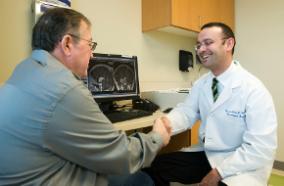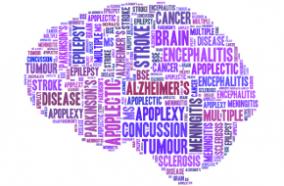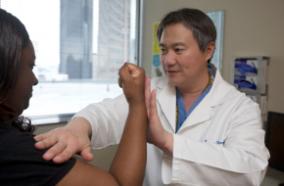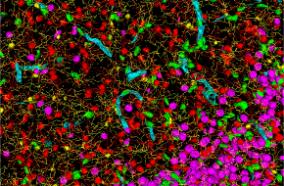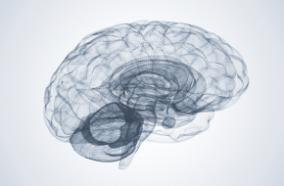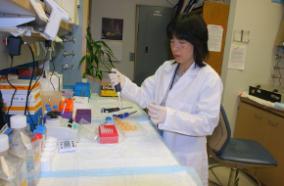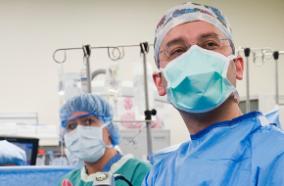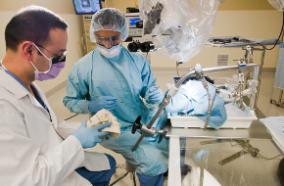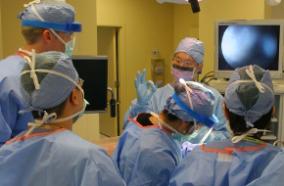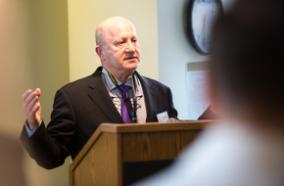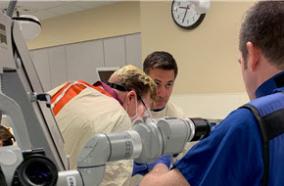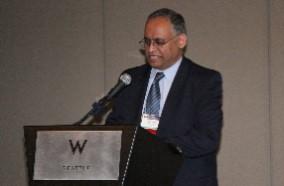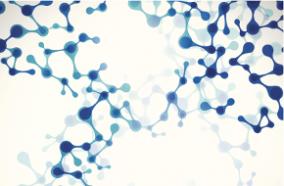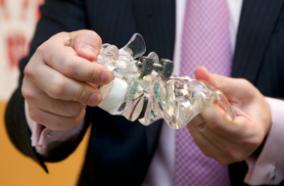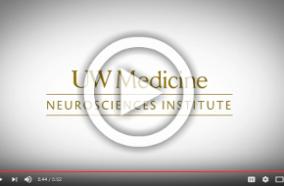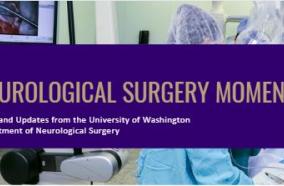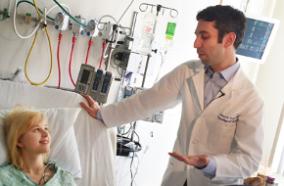Variability in multimodality treatment influences survival in non-metastatic gastric cancer patients.
Variability in multimodality treatment influences survival in non-metastatic gastric cancer patients.
J Gastrointest Oncol. 2020 Oct;11(5):952-963
Authors: Hoang T, Dayyani F, Alfaro A, Huynh J, Ji J, Ko AH, Cho M, Hiyama D
Abstract
Background: While gastric cancer is a leading cause of cancer-related mortality in Eastern Europe and Asia, it is less common in the USA. Recommendations regarding optimal treatment of non-metastatic gastric cancer (nmGC) with regard to type and extent of surgery, choice and sequence of chemotherapeutic agents, and use of radiation therapy vary across geographic locations. To determine how variability in treatment practices affects patient outcomes, we conducted a retrospective study to evaluate clinical outcomes in nmGC patients treated at four high-volume academic institutions.
Methods: California Cancer Registry data were collected for nmGC patients who underwent gastrectomy with curative intent from 2010 to 2018. We conducted chart reviews of the patients' electronic health records to validate clinical factors and outcomes. We performed multivariable Cox regressions to determine prognostic factors for outcomes.
Results: Demographics of study cohort (n=326): mean age 66 years; 64% male; 44% Caucasian, 35% Asian, 16% Latino. Tumor stage: 48% loco-regional (pT4 or pN1+) vs. 52% localized (pT1-3, pN0). Histology: 47% intestinal, 30% diffuse, 8% mixed, 15% unknown. Surgery: 34% open gastrectomy, 48% laparoscopic, 18% unknown; number of recovered lymph nodes varied from 0 to 60 in any tumor stage. Chemotherapy: 20% neoadjuvant alone, 25% adjuvant alone, 16% perioperative, 39% none. Multimodality therapy: 44% surgery only, 31% chemotherapy, 25% chemotherapy and radiation. With a median post-surgical follow-up of 6 years, 24% of patients developed recurrence and 40% had died. Compared to open surgery, laparoscopic surgeries were associated with fewer recovered lymph nodes (mean =18 vs. 25, P=0.0042). Fewer recovered lymph nodes were associated with a significant decrease in 5-year overall survival [hazard ratio (HR) =1.9, 95% confidence interval (CI): 1.3-2.8]. Timing of chemotherapy and addition of radiation therapy to chemotherapy did not confer further improvements in survival; in contrast, greater lymph node recovery plus chemotherapy were associated with a significant increase in survival (HR =0.3, 95% CI: 0.1-0.6).
Conclusions: This study highlights major practice differences in the management of nmGC patients across providers and institutions. Further efforts should be made to standardize the use of chemotherapy and adequate recovery and assessment of lymph nodes in this patient population.
PMID: 33209490 [PubMed]

